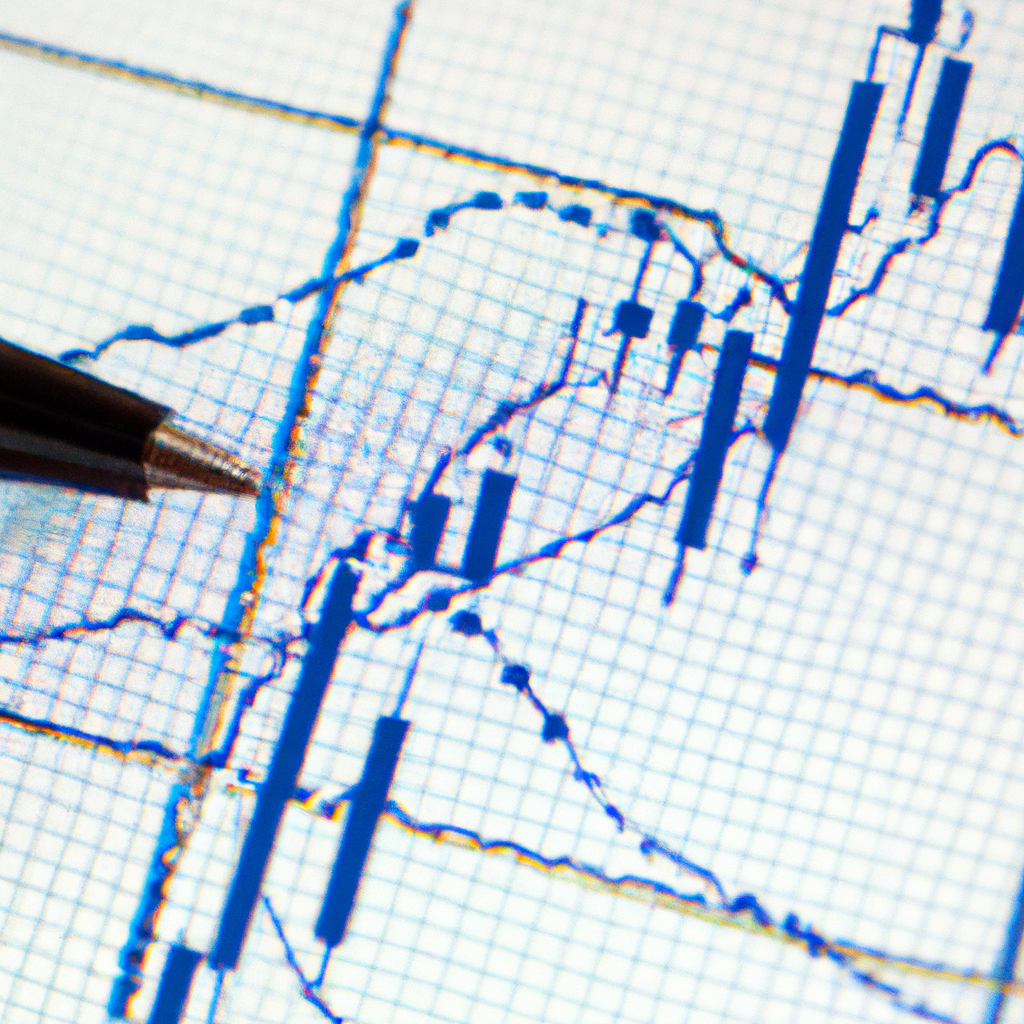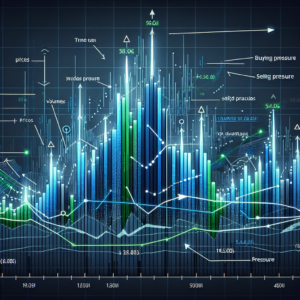
Moving Averages Analysis: A Powerful Tool for Technical Analysis
Introduction
Moving averages are widely used in technical analysis to help identify trends and potential trading opportunities in financial markets. This article will provide an overview of moving averages analysis, explaining what they are, how they are calculated, and how they can be used to analyze price charts.
What are Moving Averages?
Moving averages are statistical calculations used to analyze data points over a specified period of time. In the context of financial markets, moving averages are calculated based on the closing prices of a security or an index. The most commonly used moving averages are the simple moving average (SMA) and the exponential moving average (EMA).
Simple Moving Average (SMA)
The simple moving average is calculated by summing up a specified number of closing prices and dividing the result by the number of periods. For example, to calculate a 50-day SMA, you would add up the closing prices of the last 50 days and divide the sum by 50. This moving average provides a smoothed line that represents the average price over a specific period.
Exponential Moving Average (EMA)
The exponential moving average is a more complex calculation that gives more weight to recent prices. Unlike the SMA, which assigns equal weight to all data points, the EMA assigns greater importance to the most recent prices. This makes the EMA more responsive to recent price changes, making it a popular choice for short-term traders.
How Moving Averages are Used in Analysis
Moving averages are primarily used to identify trends and potential support and resistance levels in price charts. Here are some common ways moving averages are used in technical analysis:
1. Trend Identification
Moving averages can help traders identify the direction of a trend. When the price is consistently above a moving average, it suggests an uptrend, while a price below the moving average indicates a downtrend. Traders often use multiple moving averages of different time periods to confirm the strength of a trend.
2. Support and Resistance Levels
Moving averages can act as support or resistance levels for prices. When the price approaches a moving average from below and bounces off it, the moving average acts as a support level. Conversely, when the price approaches a moving average from above and struggles to break through, the moving average acts as a resistance level.
3. Moving Average Crossovers
Moving average crossovers occur when two moving averages of different time periods intersect. Traders often interpret these crossovers as signals to buy or sell. For example, a bullish signal is generated when a shorter-term moving average crosses above a longer-term moving average, indicating a potential upward trend.
Conclusion
Moving averages analysis is a valuable tool for technical analysis in financial markets. By calculating and plotting moving averages on price charts, traders can gain insights into trends, support and resistance levels, and potential buying or selling opportunities. However, it is important to note that moving averages should be used in conjunction with other technical indicators and analysis techniques for more accurate predictions and decision-making.





